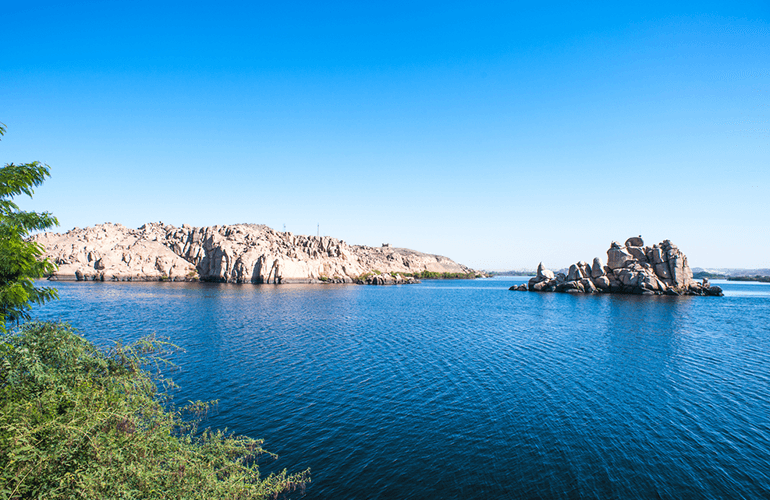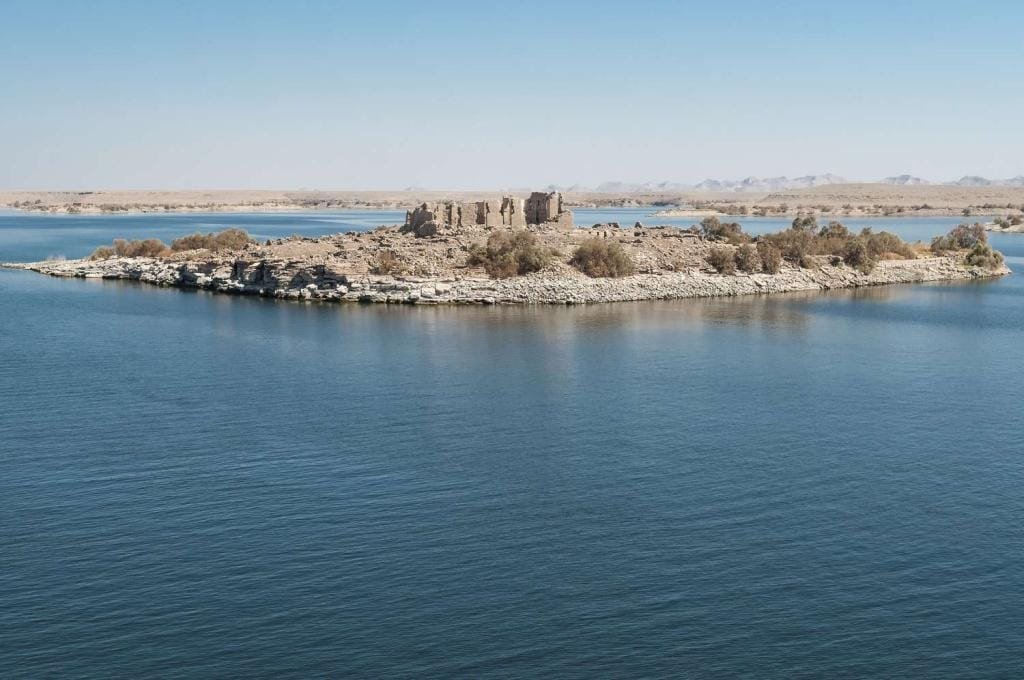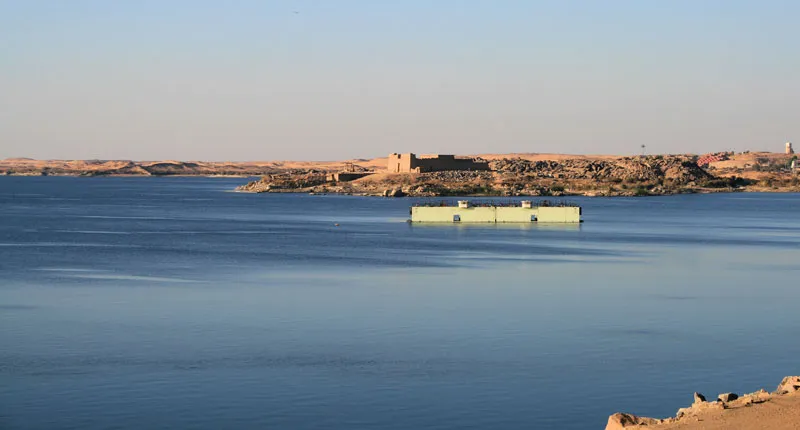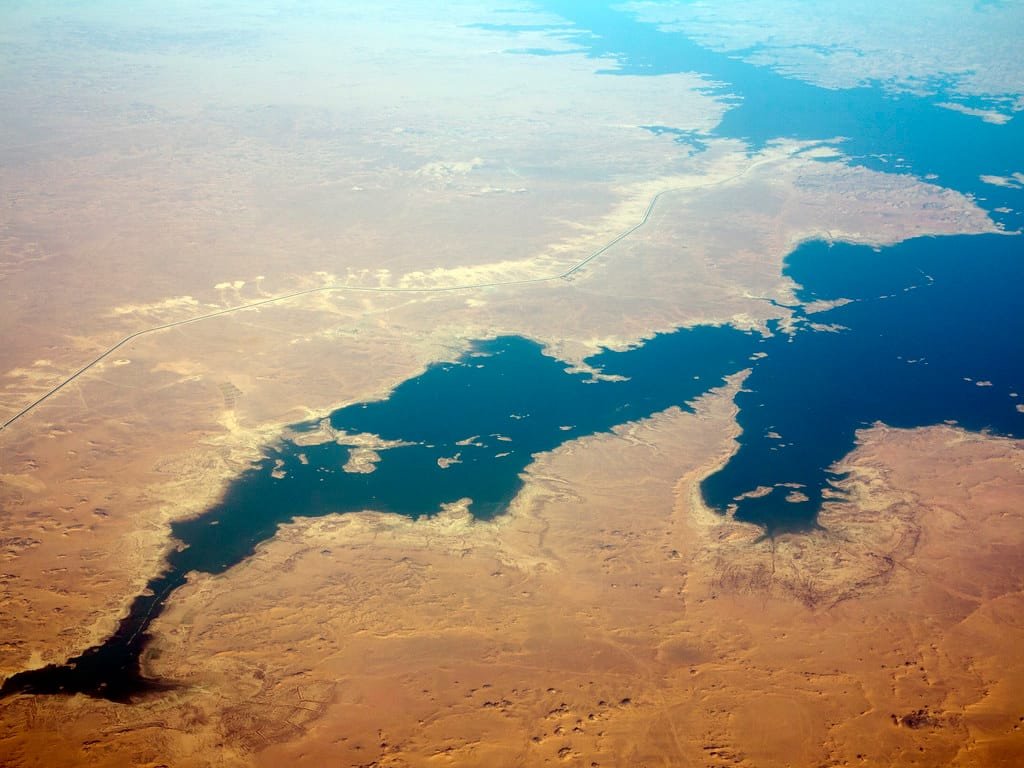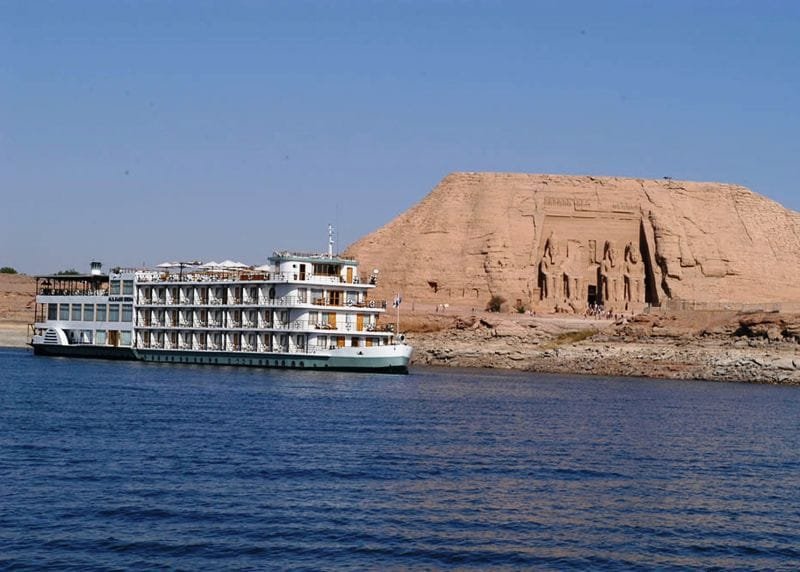Lake Nasser, one of the largest man-made lakes in the world, was created as a result of the construction of the Aswan High Dam. Located in southern Egypt and extending into northern Sudan, the lake stretches over 132 kilometers in length and covers an area of more than 132,000 hectares. It is a crucial water reservoir that holds back the waters of the Nile River, providing Egypt with a stable and reliable source of water for agriculture, electricity, and domestic use. The creation of Lake Nasser is one of the most significant engineering feats of the 20th century, not only because of its size but also because of its profound impact on Egypt’s economy, infrastructure, and environment.
The lake’s formation began in 1971 when the Aswan High Dam was completed, making it one of the most iconic landmarks in modern Egyptian history. It serves multiple purposes, including flood control, irrigation, hydroelectric power generation, and serving as a significant water supply source for millions of Egyptians. Lake Nasser also helps regulate the flow of the Nile River, ensuring that Egypt’s agricultural lands, which rely heavily on the river’s annual flooding, remain fertile throughout the year.
While it is an essential resource for the country, Lake Nasser’s creation also had significant social and environmental implications. The construction of the dam and the formation of the lake led to the displacement of thousands of people and the submerging of ancient sites. Nevertheless, Lake Nasser remains a symbol of Egypt’s modernization efforts and a key part of its infrastructure.



